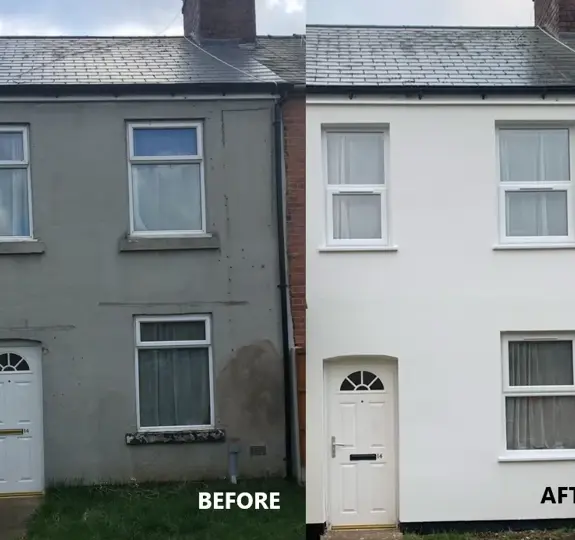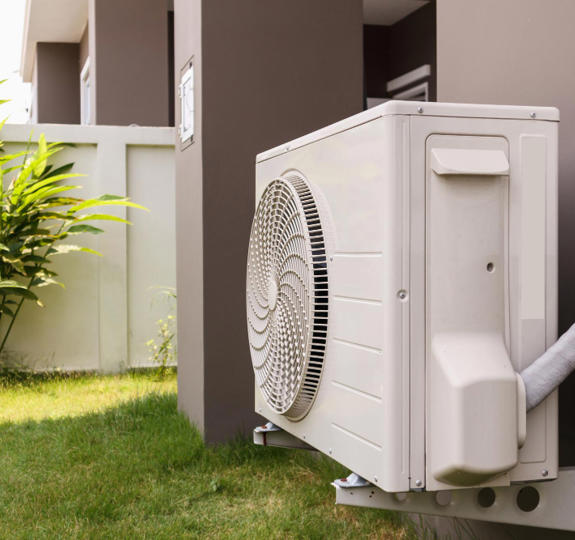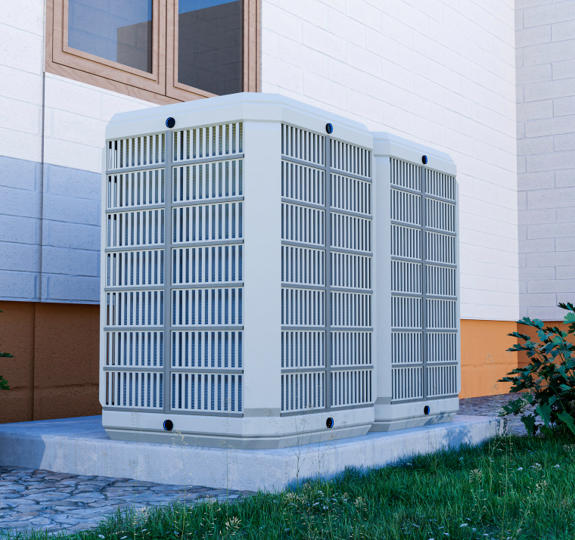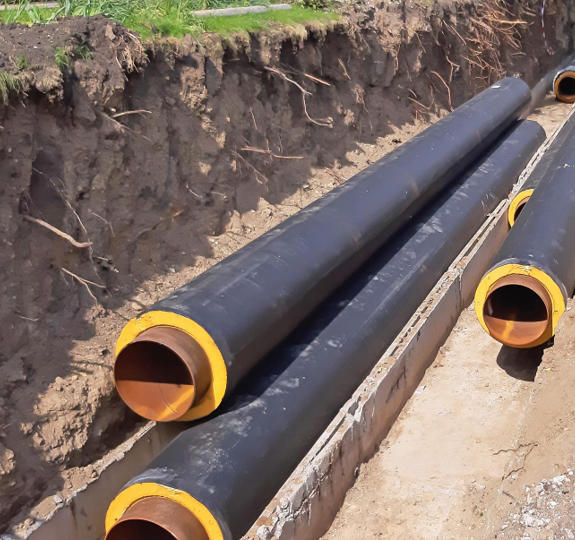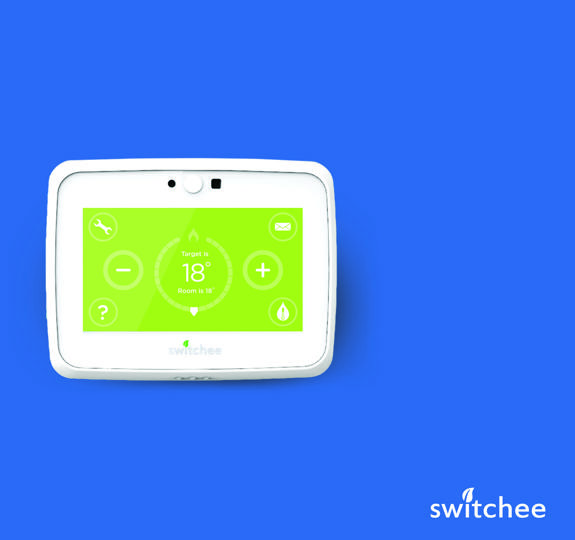We may be knocking on your inbox! We're contacting some of our customers for feedback on energy efficiency improvements made at your home.
A survey will be emailed to customers who have any of the following in their property:
- external wall insulation (EWI)
- cavity wall insulation (CWI)
- solar PV (photovoltaic) panels
- solar thermal panels
- Switchee smart thermostats
- air source heat pumps (ASHPs)
- ground source heat pumps (GSHPs)
- biomass boilers.
At Futures we’re committed to improving the energy efficiency, warmth and affordability of our customer’s homes. Over recent years, we’ve gained experience delivering energy efficiency improvements to our properties, by installing external wall insulation, cavity wall insulation and solar photovoltaic panels. We’ve worked with a range of contractors to deliver the energy efficiency works, as well as accessing grant funding opportunities and piloted new and innovative technologies such as Switchee smart thermostats.
We're on a journey to make sure our homes meet EPC (Energy Performance Certificate) Band C or above by 2030, meaning we'll be delivering energy efficiency works to hundreds of homes a year. Before we embark further on this, we think it’s important to review existing energy efficiency measures in our customers’ homes and reflect on our lessons learnt.
We're running this survey so we can improve and understand the impact of existing energy efficiency measures on our customers, and their experience during the installation process.
If you're invited to complete the survey, we hope you'll share your feedback to help us improve. Plus, you'll be entered into a prize draw to win shopping vouchers! You won't be contacted if your property was built with these measures installed at the construction stage.
Should you have any queries about our survey, please contact us at getinvolved@futureshg.co.uk or ring 0300 456 2531.
We look forward to hearing from you!
For us to record your responses we need to be able to attribute your answers to you. All of your data will be held securely, in line with data protection rules. We will not contact you about your answers, unless you specially give us permission at the end of the survey.
What is...external wall insulation (EWI)?
- EWI is a layer of insulation fixed to an existing wall, finished with either a coat of render or with an alternative cladding to protect it from the elements.
- It is usually installed onto solid wall properties, commonly built before 1920.
- The installation process can be disruptive with things like electricity cables to consider, however it can help customers to feel warmer and use less energy in their homes.
What is...cavity wall insulation (CWI)?
- Most properties built from 1920 onwards are built with cavity walls.
- Most properties built from 1990 onwards are built with filled cavities.
- Many cavity walls can be insulated by injecting insulation material into the cavity from the outside.
- This makes CWI far quicker, cheaper and less disruptive to install than EWI.
What are...solar thermal panels?
- Solar thermal panels harness the sun’s energy to create heat for domestic hot water. In the summer, they can meet all or most of household hot water demands.
- It's an older technology than solar (PV) panels, but they can provide benefits depending on how much hot water is used, the direction the roof faces and existing fuel source.
What are...solar photovoltaic (PV) panels
- Solar (PV) panels capture the sun’s energy to convert it into electricity. They don’t need direct sunlight to work and can even work on cloudy days. However, the stronger the sunshine, the more electricity generated.
- Schemes such as the Feed in Tariff (FIT) have accelerated the uptake of solar PV panels as households can sell surplus energy to the grid. This helps to shorten the payback period. In terms of Energy Performance Certificates (EPC), solar PV is rated a better energy efficiency measure than solar thermal.
What is an...air source heat pump (ASHP)?
- ASHPs, sometimes referred to as air-to-water source heat pumps, transfer heat from the outside air to water, which heats rooms via radiators or underfloor heating. It can also heat water stored in a hot water cylinder.
- Compared to gas boilers, ASHPs work best at low ambient temperatures and should be installed in thermally efficient homes (well-insulated homes).
- ASHPs require adequate inside and outside space to store the heat pump and hot water cylinder.
- Energy savings on bills depends on various factors, including the home's thermal efficiency, the way the heat pump is used and the previous heating system.
What is an...air to air heat pump?
- Air-to-air heat pumps transfer heat from the outside air to air inside the home, increasing the temperature of the air in each room.
- An air-to-air heat pump does not heat domestic water, so an alternative way of heating water is required for showering and bathing.
- Like ASHPs, homes need adequate outside space for the heat pump and energy bill savings depend on the homes thermal efficiency, the way the heat pump is used and the previous heating system.
What is a...ground source heat pump?
- A ground source heat pump transfers heat from the ground outside to heat rooms and heat water via a hot water cylinder.
- GSHP are more expensive and disruptive to install compared to ASHPs and air-to-air heat pumps, plus they require more outside space.
- GSHPs also work best in well insulated homes and operate at lower temperatures. Like other heat pumps, bill savings depend on how big the property is, how the technology is used and the previous heating system.
What is a...biomass boiler?
- Biomass boilers are like conventional gas boilers, providing space heating and hot water for the entire home. But instead of using gas or oil to produce the heat, they burn sustainably-sourced wood pellets.
- Heat pumps are the preferred technology when it comes to reducing carbon emissions, however biomass boilers are seen as an alternative for properties that don’t have adequate space for heat pumps.
- At Futures, we have one building (Stephenson Court) with a communal biomass boiler. Previously this was oil heated.
What is a...Switchee smart thermostat?
- Switchee smart thermostats help to optimise home heating by measuring and reporting humidity, temperature and the time required to heat homes.
- Switchee devices give customers greater control over their heating systems and, as a landlord, we can also share surveys and alerts to customers directly through the smart thermostat display.
- These devices help to identify households at risk of fuel poverty, prevent damp and mould and can be used to monitor and evaluate retrofit works.


